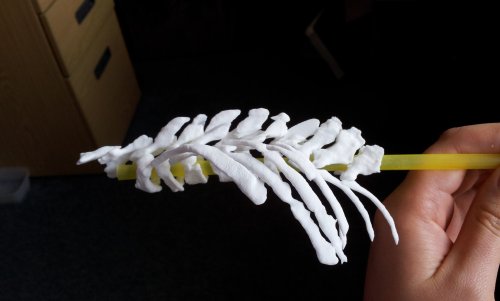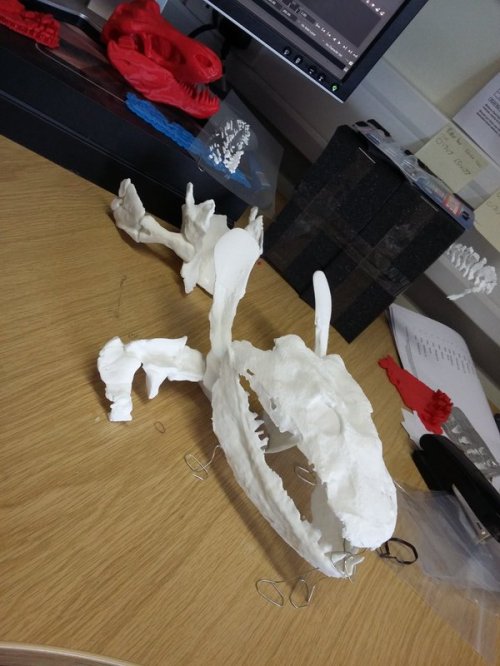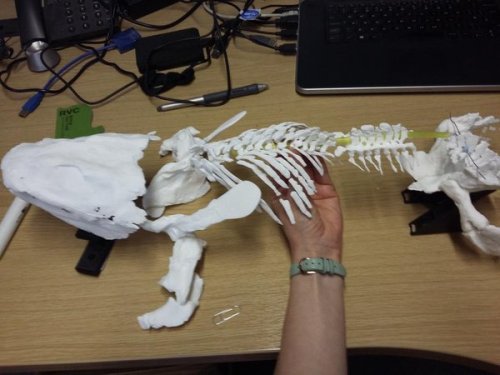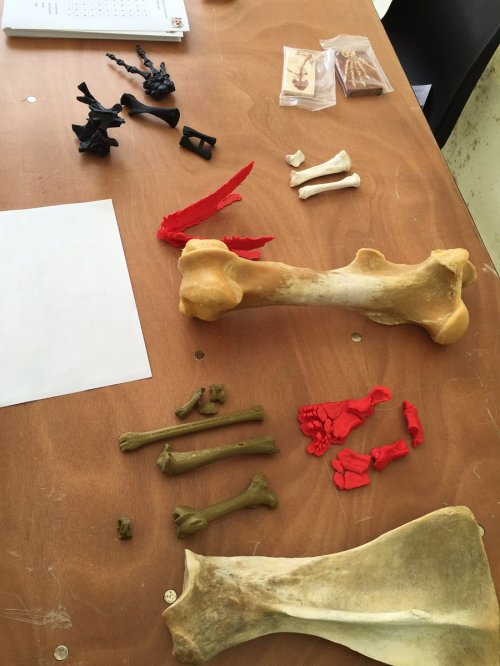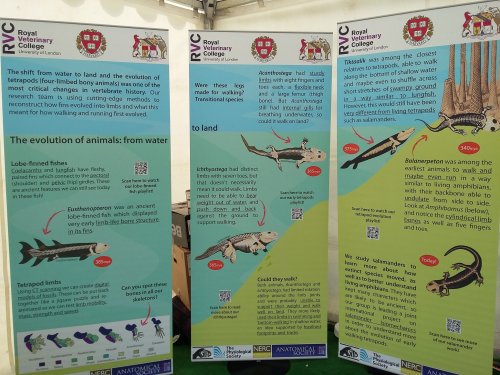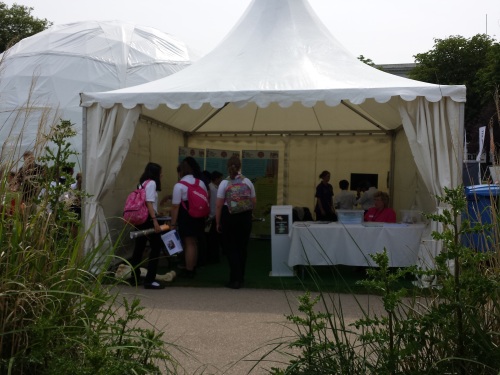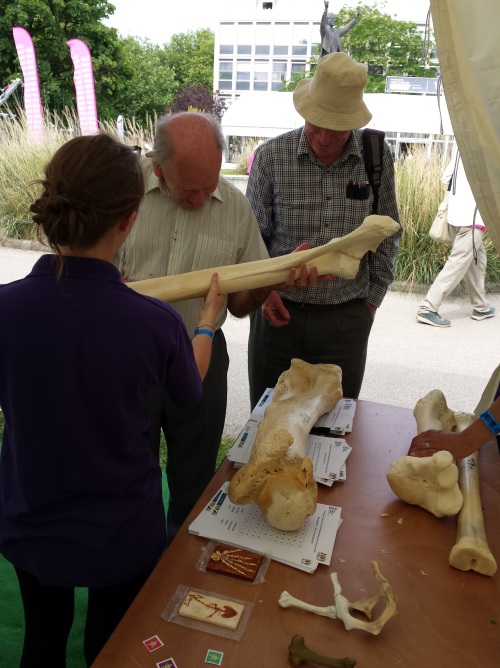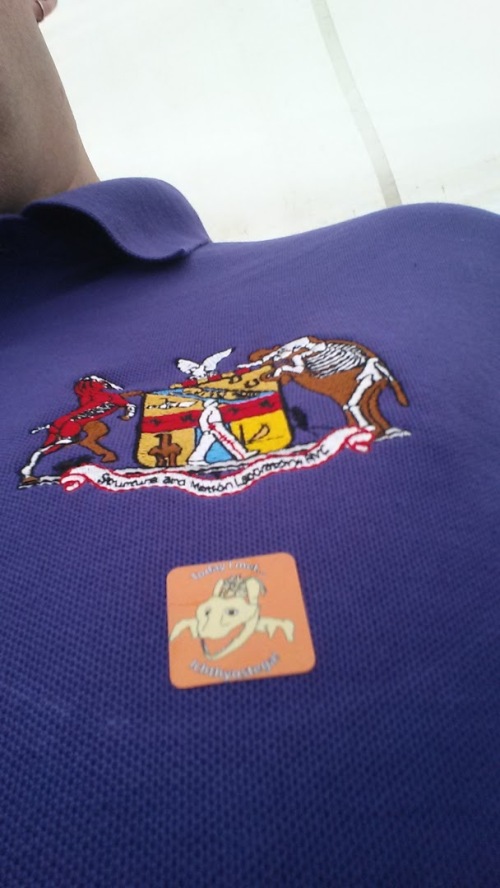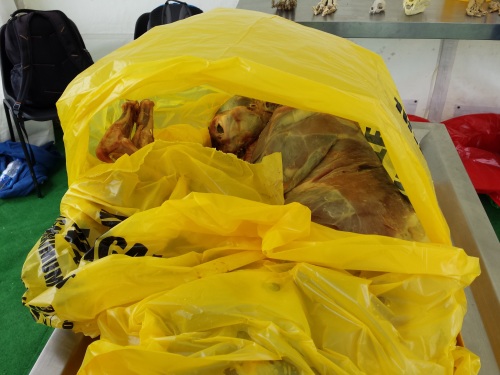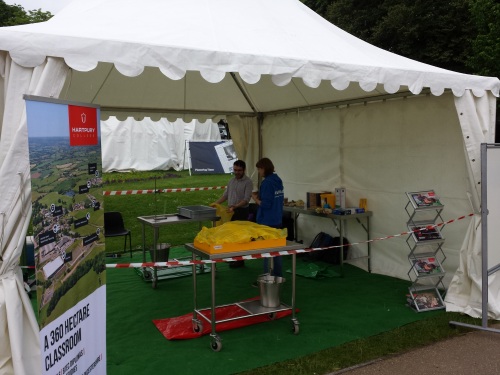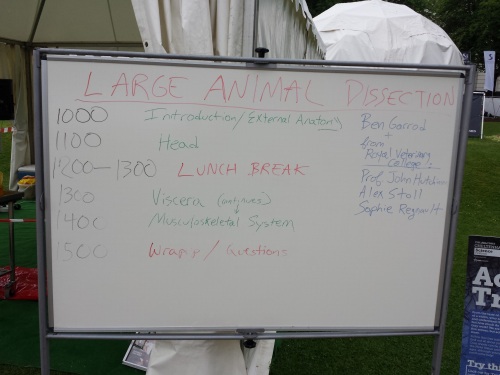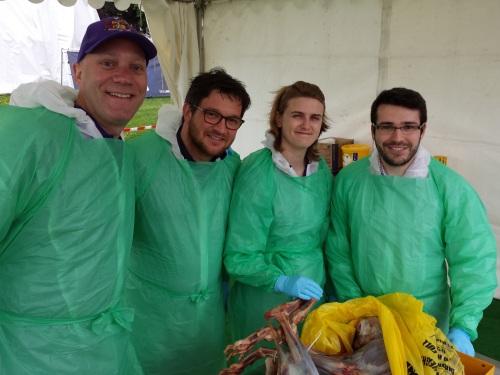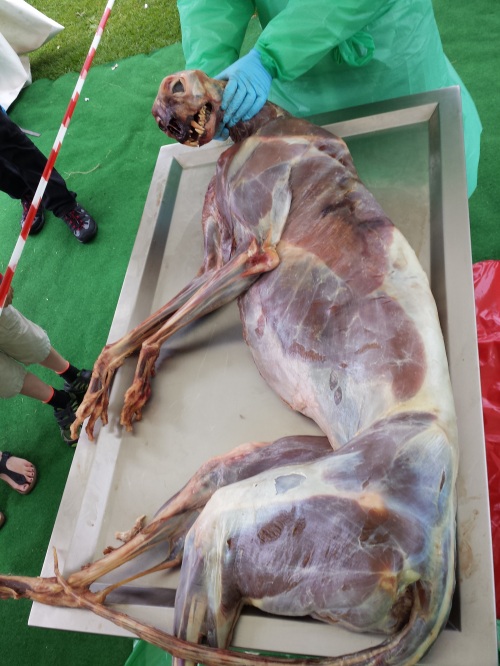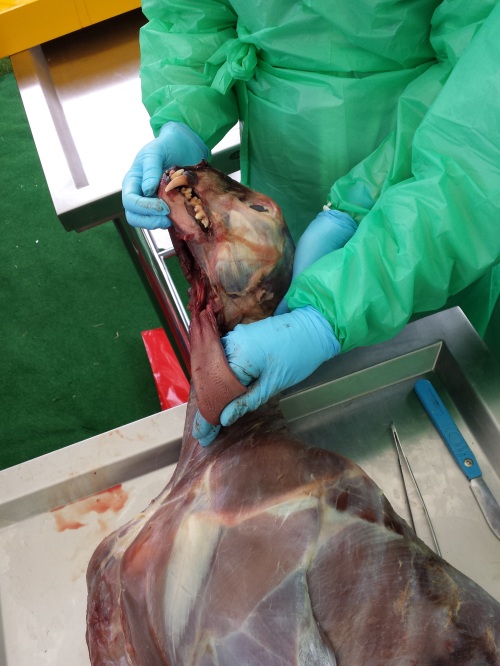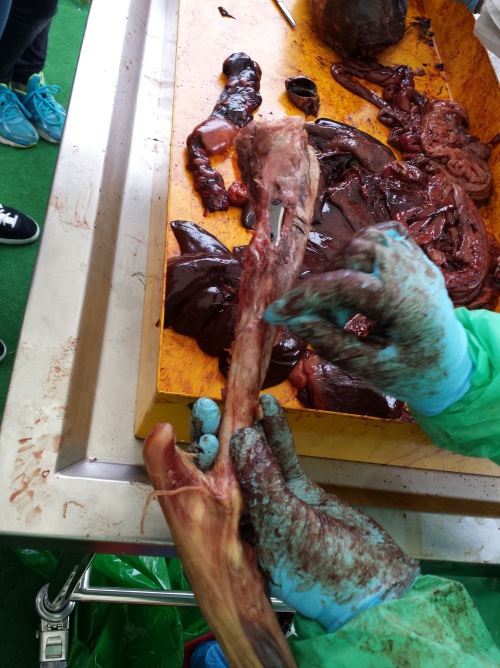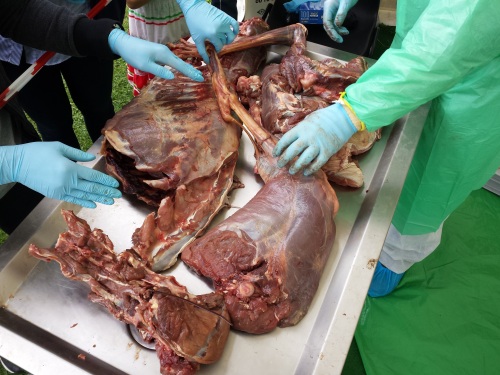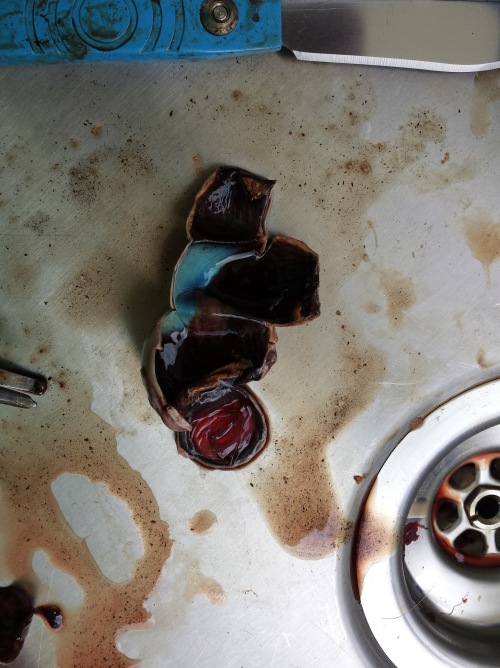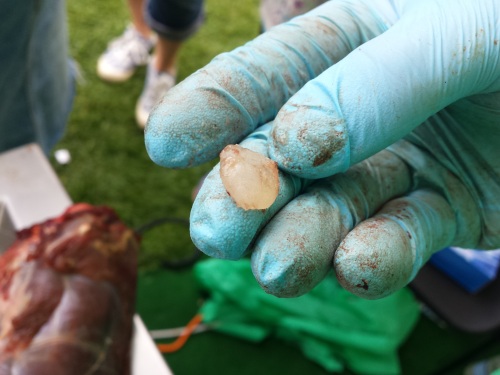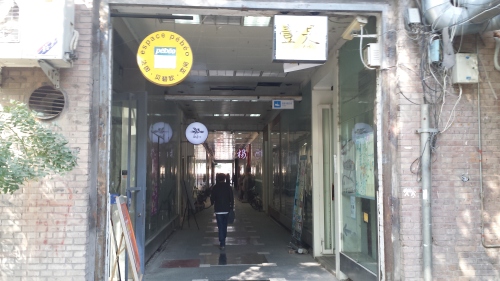Even nine years later, I still keep thinking back to a day, early in my career as an academic faculty member based in England, that traumatized me. Today I’m going to share my story of that day. I feel ready to share it.
Stomach-Churning Rating: hmm that’s a tough call, but I’ll say 1/10 because it’s just photos of live crocs and such.
This day was part of a research trip that lasted a couple of weeks, and it was in Florida, not England, and little of that trip went well at first. It transpired almost exactly 9 years ago today; around 20 August 2005. I took two 2nd/3rd year undergraduate students and our lab technician with me to Florida, meeting up with Dr. Kent Vliet, an experienced crocodile specialist, to study the biomechanics of crocodile locomotion, a subject I’ve been slowwwwwwly working on since my PhD days (see recent related blog post here). We were funded by an internal grant from my university that was supposed to be seed money to get data to lay groundwork for a future large UK research grant.

Cuban crocodile adult relaxing in a nearby enclosure. Pound-for-pound, a scary croc, but these acted like puppies with their trainers.
I’m interested in why only some crocodylian species, of some sizes and age classes, will do certain kinds of gaits, especially mammal-like gaits such as bounding and galloping. This strongly hints at some kind of size-related biomechanical mechanism that dissuades or prevents larger crocs from getting all jiggy with it. And at large size, with few potential predators to worry about and a largely aquatic ambush predator’s ecology, why would they need to? Crocodiles should undergo major biomechanical changes in tune with their ecological shifts as they grow up. I want to know how the anatomy of crocodiles relates to these changes, and what mechanism underlies their reduction of athletic abilities like bounding. That’s the scientific motivation for working with animals that can detach limbs from your body. (The crocodiles we worked with initially on this trip were small (about 1 meter long) and not very dangerous, but they still would have done some damage if they’d chosen to bite us, and I’ve worked with a few really nasty crocs before.)

Me putting motion capture markers onto an uncooperative young Siamese crocodile.
We worked at Gatorland (near Orlando) with some wonderfully trained crocodiles that would even sit in your lap or under your chair, and listened to vocal commands. The cuteness didn’t wear off, but our patience soon did. First, the force platform we’d borrowed (from mentor Rodger Kram’s lab; a ~$10,000 piece of useful gear) and its digital data acquisition system wouldn’t work to let us collect our data. That was very frustrating and even a very helpful local LabView software representative couldn’t solve all our problems. But at least we were able to start trying to collect data after four painstaking days of debugging while curious crocodiles and busy animal handlers waited around for us to get our act together. The stress level of our group was already mounting, and we had limited time plus plenty of real-life bugs (the bitey, itchy kind; including fire ants) and relentless heat to motivate us to get the research done.

Adorable baby Cuban crocodile.
Then the wonderfully trained crocodiles, as crocodiles will sometimes do, decided that they did not feel like doing more than a slow belly crawl over our force platform, at best. This was not a big surprise and so we patiently tried coaxing them for a couple of sweltering August days. We were working in their caged paddock, which contained a sloping grassy area, a small wooden roofed area, and then at the bottom of the slope was the crocodiles’ pond, where they sat and chilled out when they weren’t being called upon to strut their stuff for science. We didn’t get anything very useful from them, and then the weather forecast started looking ugly.

Hybrid Siamese crocodile in its pond in our enclosure, waiting to be studied.
We’d been watching reports of a tropical storm developing off the southeastern coast of Florida, and crossing our fingers that it would miss us. But it didn’t.
When the storm hit, we were hoping to weather the edge of the storm while we packed up, because we decided we’d done our best but our time had run out and we should move to our next site, the Alligator Farm and Zoological Park in St Augustine, where I’d worked a lot before with other Crocodylia. But the storm caught us off guard, too soon, and too violently.
To give some context to the situation, for the previous several days the local croc handlers had told us stories of how lightning routinely struck this area during storms, and was particularly prone to hitting the fences on the park perimeter, which we were close to. There was a blasted old tree nearby that vultures hung out in, and they related how that blasting had been done by lightning. One trainer had been hit twice by (luckily glancing) blows from lightning hitting the fences and such.

Ominous onlooker.
The storm came with pounding rain and a lot of lightning, much of it clearly striking nearby- with almost no delay between flashes and thunder, and visible sky-to-ground bolts. We debated taking our forceplate out of the ground near the crocodile pond, because sensitive electrical equipment and rain don’t go well together, but this would take precious time. The forceplate was covered with a tarp to keep the rain off. I decided that, in the interest of safety, we needed to all seek shelter and let the forceplate be.
I’ll never forget the memory of leaving that crocodile enclosure and seeing a terrible sight. The crocodile pond had swiftly flooded and engulfed our forceplate. This flooding also released all the (small) crocodiles which were now happily wandering their enclosure where we’d been sitting and working before.

Another subject awaits science.
At that point I figured there was no going back. Lightning + deepening floodwater + electrical equipment + crocodiles = not good, so I wagered my team’s safety against our loaned equipment’s, favouring the former.
We sprinted for cars and keepers’ huts, and got split up in the rain and commotion. As the rain calmed down, I ventured out to find the rest of the team. It turned out that amidst the havoc, our intrepid lab technician had marshalled people to go fetch the forceplate out from the flooded paddock, storm notwithstanding. We quickly set to drying it out, and during some tense time over the next day we did several rounds of testing its electronics to see if it would still work. Nope, it was dead. And we still had over a week of time left to do research, but without our most useful device. (A forceplate tells you how hard animals are pushing against the ground, and with other data such as those from our motion analysis cameras, how their limbs and joints function to support them)
We went on to St Augustine and got some decent data using just our cameras, for a wide variety of crocodiles, so the trip wasn’t a total loss. I got trapped by remnants of the storm while in Washington, DC and had to sleep on chairs in Dulles Airport overnight, but I got home, totally wrecked and frazzled from the experience.
That poorly-timed storm was part of a series of powerful storms that would produce Hurricane Katrina several days later, after we’d all left Florida. So we had it relatively easy.
I’m still shaken by the experience- as a tall person who grew up in an area with a lot of dangerous storms, I was already uneasy about lightning, feeling like I had a target on my back. But running from the lightning in that storm, after all the warnings we’d had about its bad history in this area, and how shockingly close the lightning was, leaves me almost phobic about lightning strikes. I’m in awe of lightning and enjoy thunderstorms, which I’ve seen few of since I left Wisconsin in 1995, but I now hate getting caught out in them.

The ill-fated forceplate and experimental area.
Moreover, the damage to the forceplate- which we managed to pay to repair and return to my colleague, and the failure of the Gatorland experiments, truly mortified me. I felt horrible and still feel ashamed. I don’t think I could have handled the situation much differently. It was just a shitty situation. That, and I wanted to show our undergrads a good time with research, yet what they ended up seeing was a debacle. I still have the emails I sent back to my research dean to describe what happened in the event, and they bring back the pain and stress now that I re-read them. But then… there’s a special stupid part to this story.
I tried to lighten the mood one night shortly after the storm by taking the team out to dinner, having a few drinks and then getting up to sing karaoke in front of the restaurant. I sang one of my favourite J Geil’s Band tunes– I have a nostalgic weakness for them- the song “Centerfold“. I not only didn’t sing it well (my heart was not in it and my body was shattered), and tried lamely to get the crowd involved (I think no one clapped or sang along), but also in retrospect it was a bad choice of song to be singing with two female undergrads there– I hadn’t thought about the song’s meanings when I chose to sing it, I just enjoyed it as a fun, goofy song that brought me back to innocent days of my youth in the early 1980’s. But it is not an innocent song.
So ironically, today what I feel the most embarrassed about, thinking about that whole trip and the failed experiment, is that karaoke performance. It was incredibly graceless and ill-timed and I don’t think anyone enjoyed it. I needed to unwind; the stress was crushing me; but oh… it was so damn awkward. I think I wanted to show to the team “I’m OK, I can still sing joyfully and have a good time even though we had a disastrous experiment and maybe nearly got electrified or bitten by submerged crocodiles or what-not, so you can relax too; we can move on and enjoy the rest of the trip” but in reality I proved to myself, at least, that I was not OK. And I’m still not OK about that experience. It still makes me cringe. Haunted, it took me many years to feel comfortable singing karaoke again.
It should have been a fun trip. I love working with crocodiles, but Florida is a treacherous place for field work (and many other things). I can’t say I grew stronger from this experience. There is no silver lining. It sucked, and I continually revisit it in my memory trying to find a lesson beyond “choose better times and better songs to sing karaoke with” or “stay away from floods, electricity and deadly beasts.”
So that wins, out of several good options, as the worst day(s) of my career that I can recall. I’ve had worse days in my life, but for uncomfortable science escapades this edges out some other contenders. Whenever I leave the lab to do research, I think of this experience and hope that I don’t see anything worse. It could have been much worse field work.
(Epilogue: the grants we’ve tried to fund for this crocodile gait project all got shot down, so it has lingered and we’ve done research on it gradually since, when we find time and students… And one of the students on this trip went on to do well in research and is finishing a PhD in the Structure & Motion Lab now, so we didn’t entirely scare them off science!)
Read Full Post »



















































